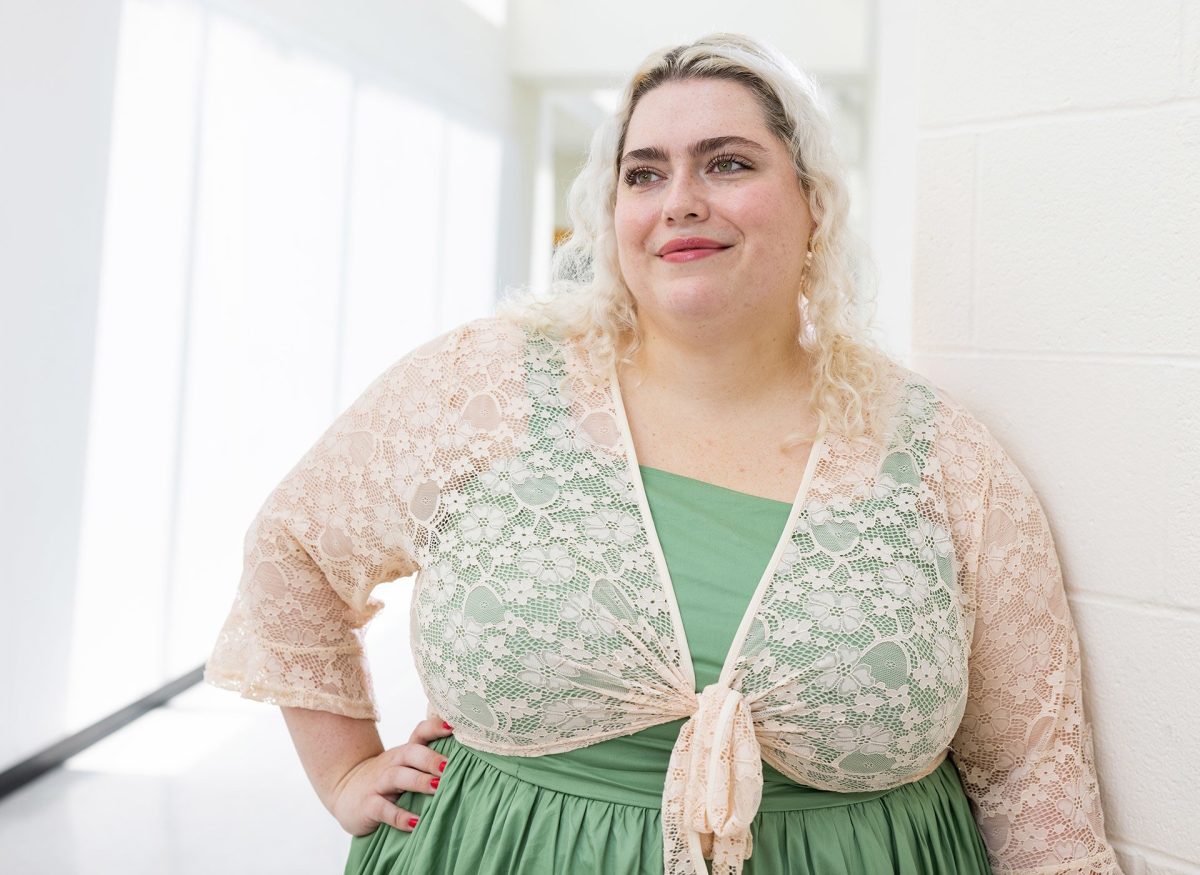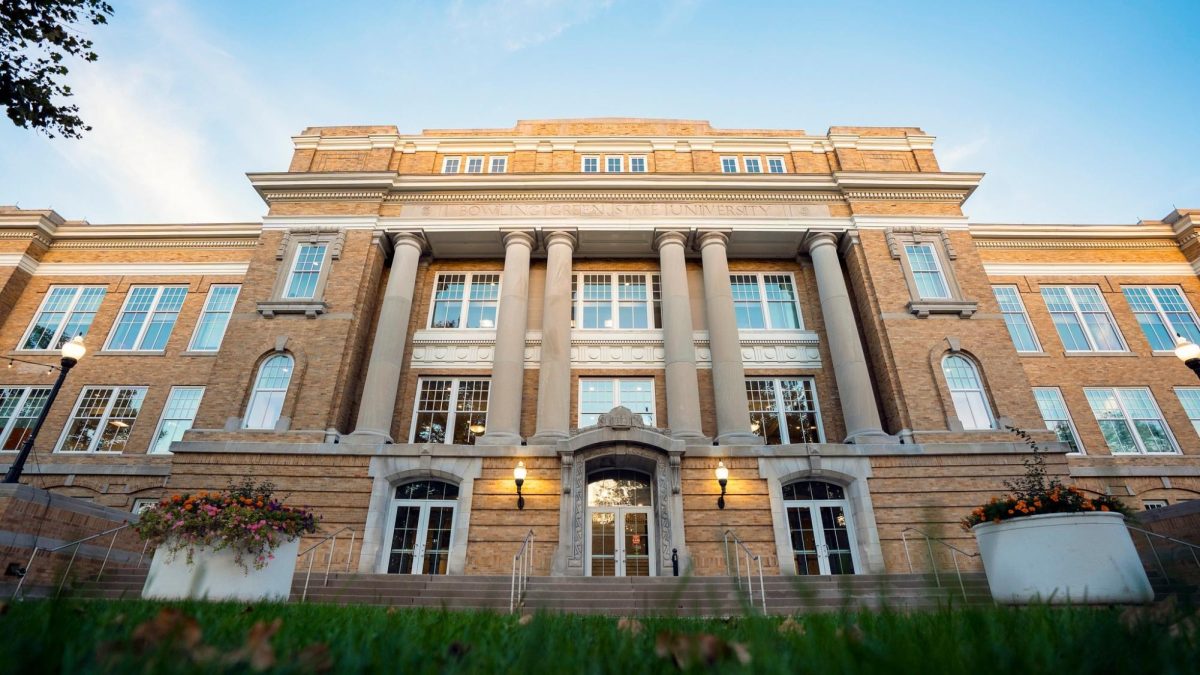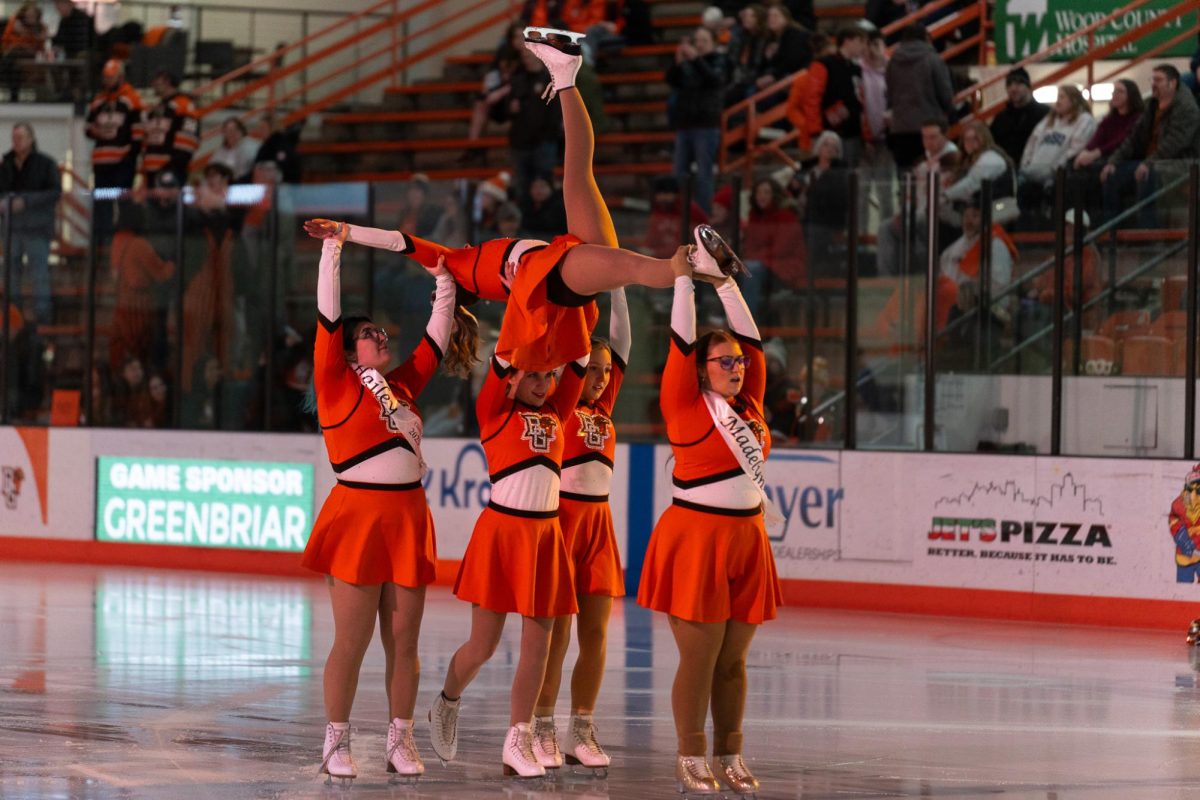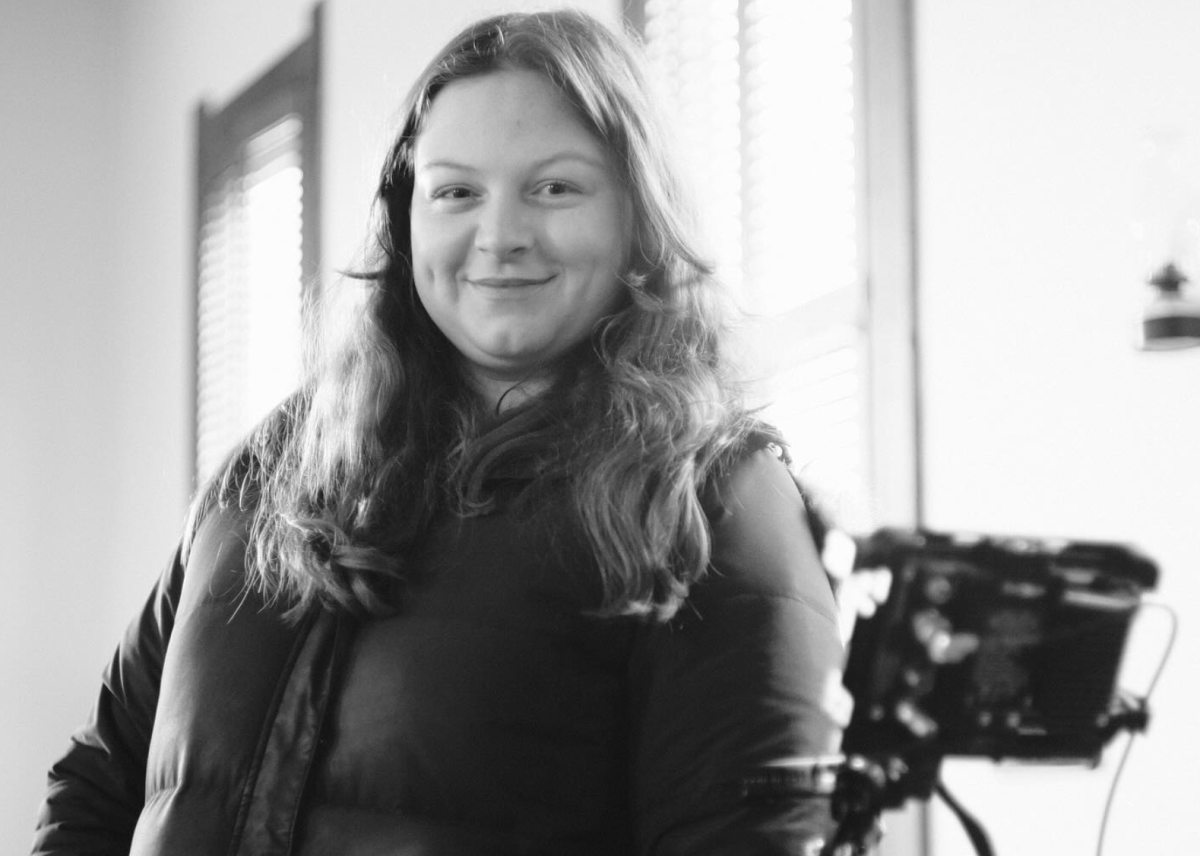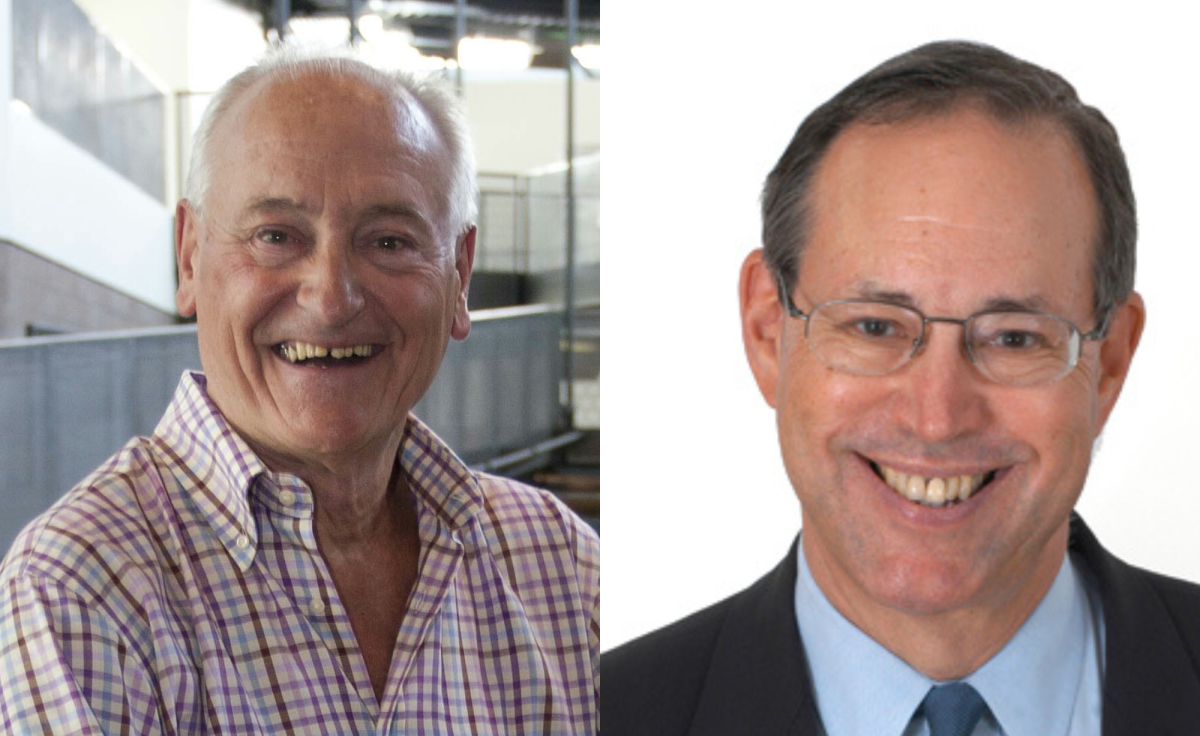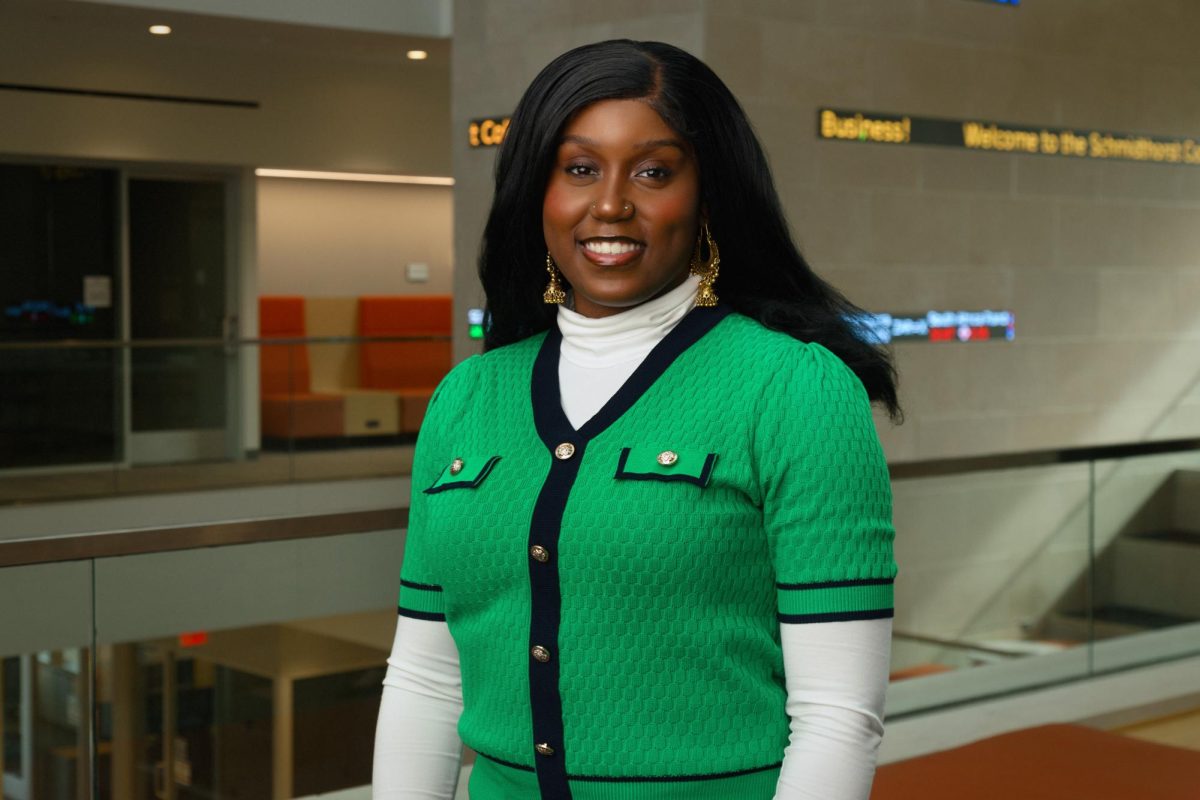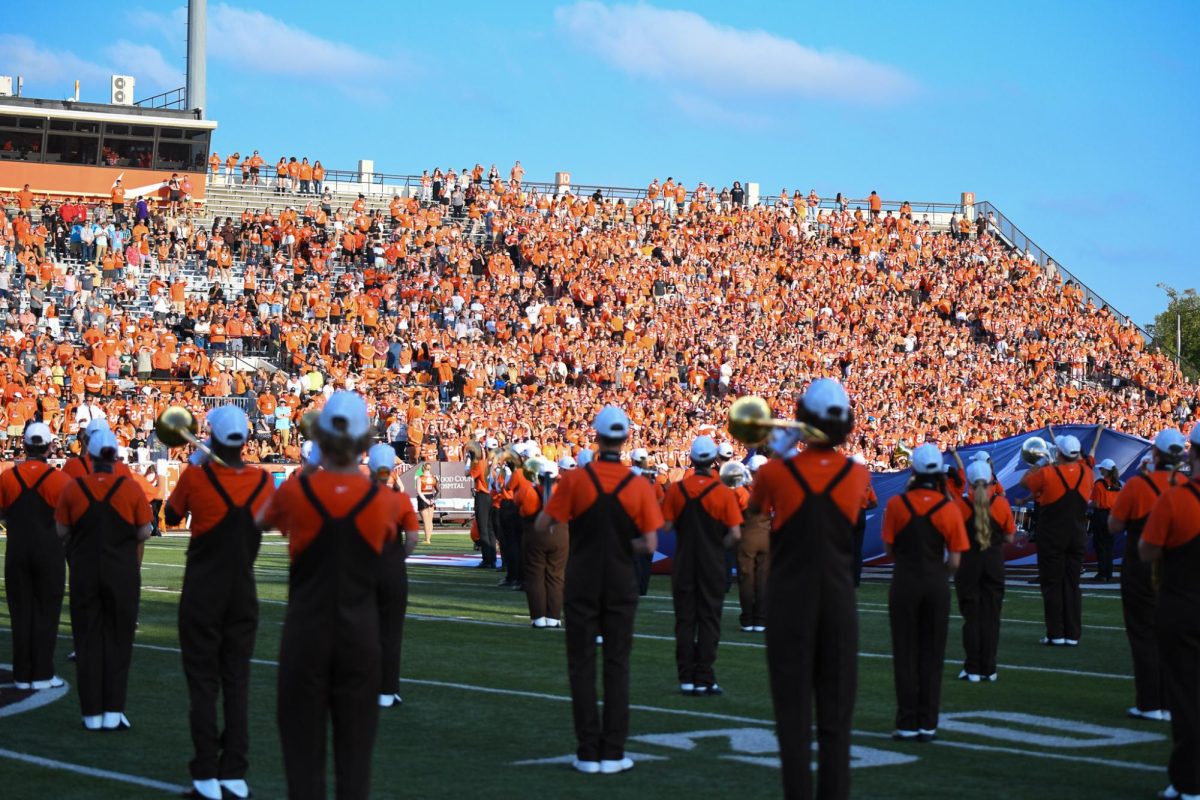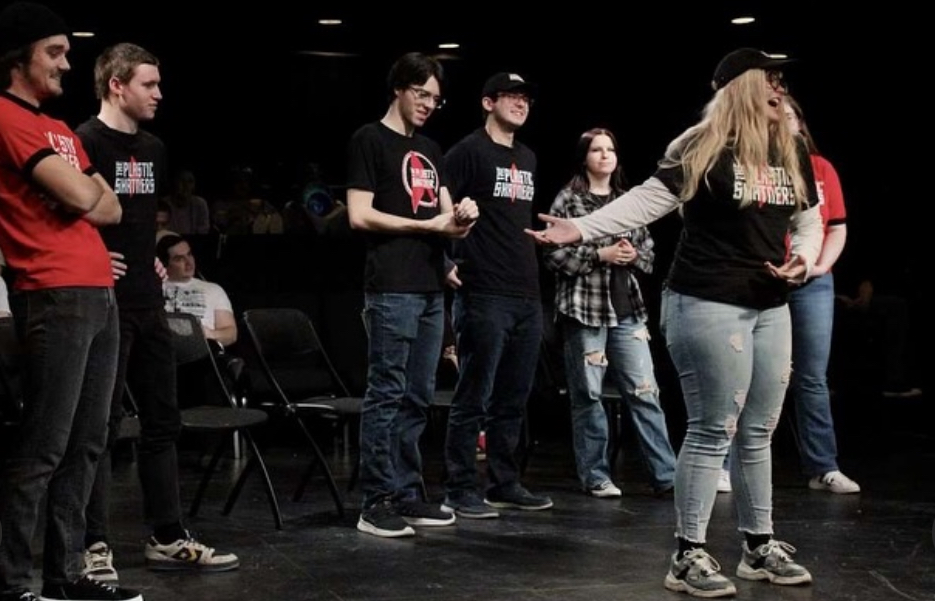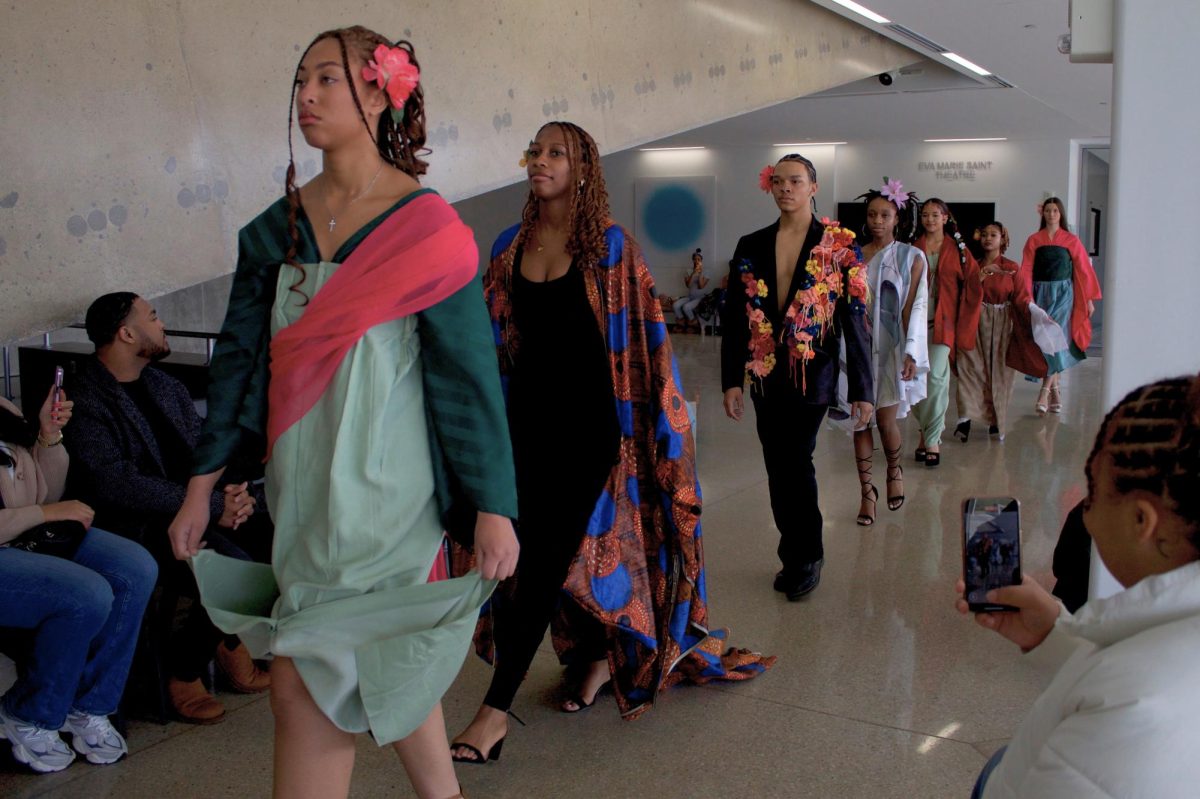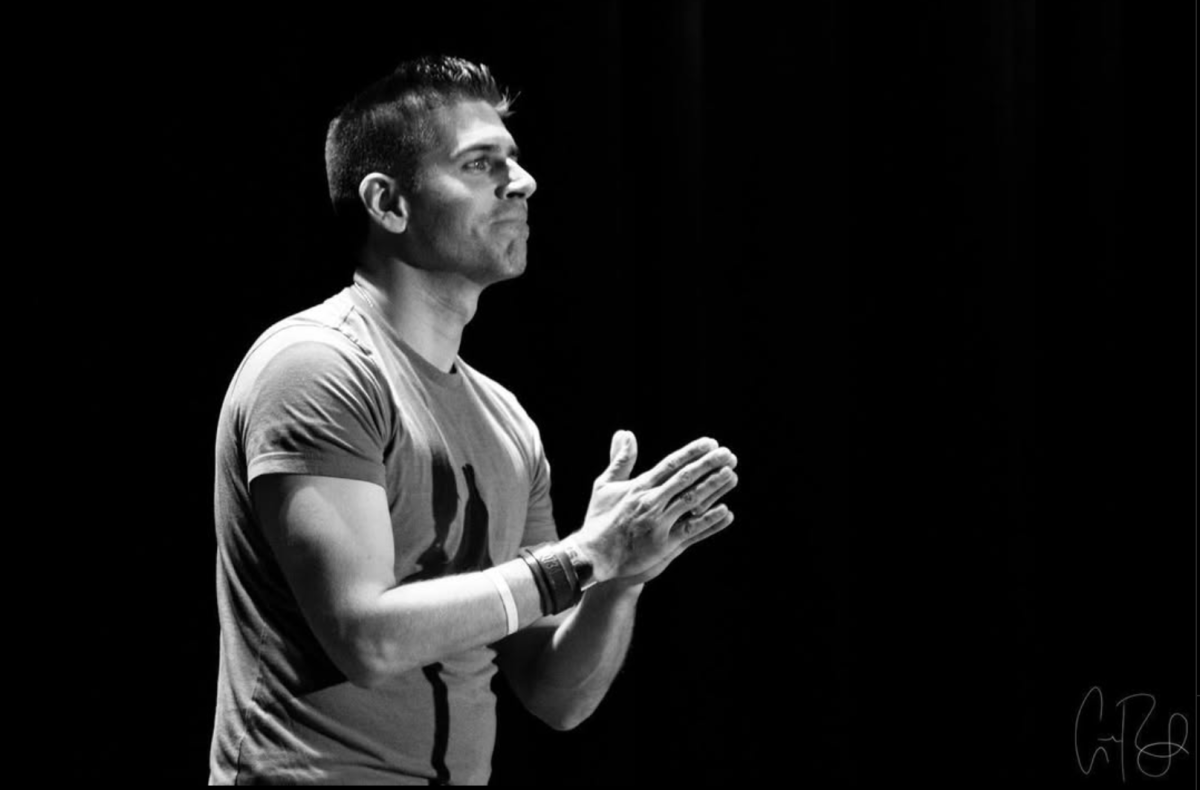When BGSU master’s student Samantha Imrie submitted a research proposal, she said she figured she had nothing to lose.
“I just said, ‘There’s no harm in applying,’ hoping they might like my proposal,” she said.
The James Marrow Research Fund did like the proposal, which led to a research grant and, combined with an opportunity to work with a restoration team at Notre Dame de Paris led to a summer she will likely never forget.
Imrie is pursuing a master’s in art history at BGSU and recently arrived in France for a study abroad experience to work with the restoration team, which is working to help the historic cathedral open this year after a devastating fire in 2019.
Later this summer, she will head to the University of Cambridge in England after being selected as a recipient of the James Marrow Research Fund, through which she will perform first-hand research at the Fitzwilliam Museum on 15th-century illuminated manuscripts that predate the invention of the printing press.
She said the two experiences will allow her to put her education to work in real-world experiences.
“There are so many ways to use an art history degree or humanities degrees in general because you learn so many skills that are transferrable: you learn critical thinking, research skills and how to market projects you’re working on, which really helps you anywhere,” Imrie said.
The chance to be part of a restoration team, which is organized through Academic Program International and structured similarly to a class, will bring students into Notre Dame during a key stage of restoration after the 2019 fire partially destroyed parts of the cathedral. The reopening is scheduled for December.
After the completion of the Paris-based internship in late July, Imrie is scheduled to head to England just days later.
Imrie said she came to BGSU to study illuminated (illustrated) manuscripts, so the grant will allow her to do just that.
“Before the books were printed, they were all written by hand, and I just think they’re such cool objects,” she said. “They were these luxurious objects before printed type and they’re so richly illustrated as well, which makes them especially interesting to study because you get to study literature and art. I’m very excited to see them in person and research what I have always dreamed of researching.”


